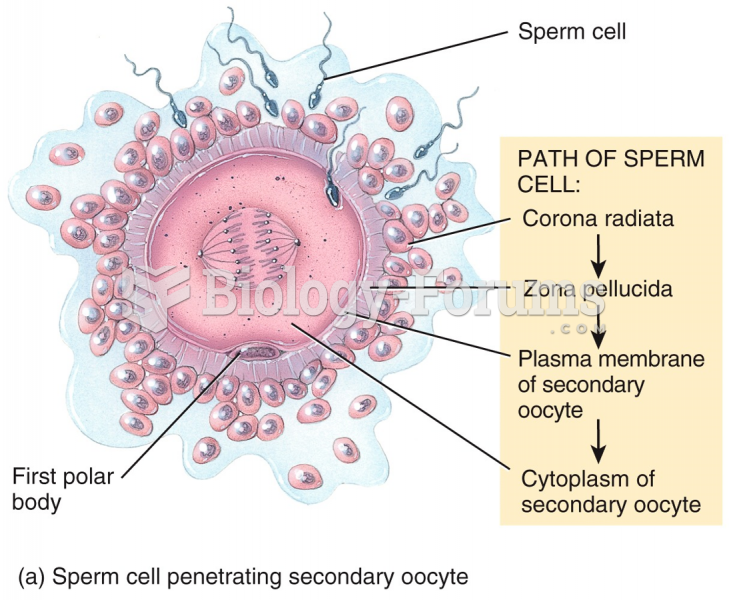|
|
|
Medication errors are more common among seriously ill patients than with those with minor conditions.
Fatal fungal infections may be able to resist newer antifungal drugs. Globally, fungal infections are often fatal due to the lack of access to multiple antifungals, which may be required to be utilized in combination. Single antifungals may not be enough to stop a fungal infection from causing the death of a patient.
The most common treatment options for addiction include psychotherapy, support groups, and individual counseling.
The Babylonians wrote numbers in a system that used 60 as the base value rather than the number 10. They did not have a symbol for "zero."
There are approximately 3 million unintended pregnancies in the United States each year.







